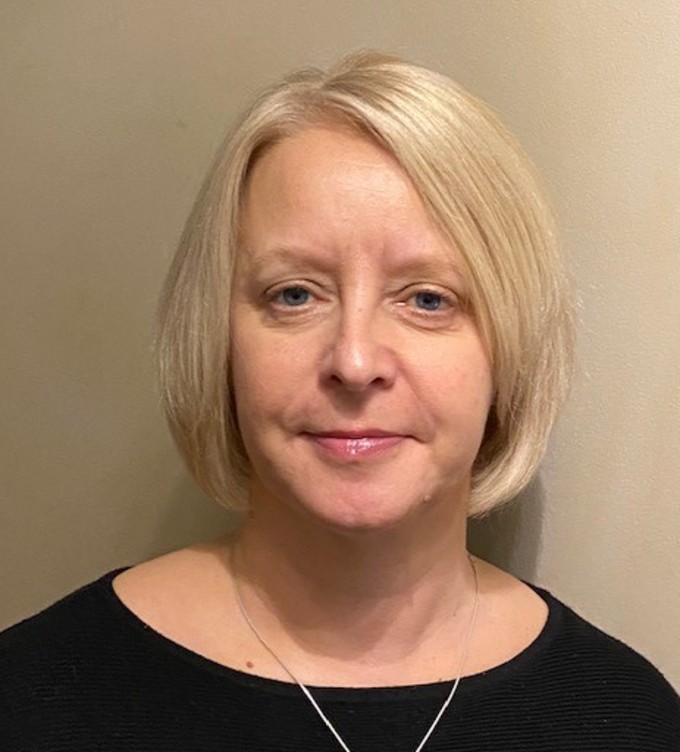Two practice nurses explain how they're using innovative ways to increase smear test attendance
Starting conversations
Beth Murray's efforts to stay in contact with patients and offer encouragement are making a difference

A university course in the fundamentals of practice nursing inspired Beth to encourage women at her practice to attend cervical screening.
Part of Beth’s course involved completing an audit. Passionate about improving the smear uptake at her practice, she decided to do a quality improvement audit to identify how many patients do not attend (DNA) their smear appointment.
The numbers identified were actually smaller than anticipated, however they were still under the NHS England quality outcome targets. Beth began to look at ways to improve smear uptake at her practice.
Inspired by NHS England's Five-Year Forward View, Beth wanted to drive improvement in prevention. “Cervical screening is one way this could be achieved, by promoting and improving the screening process and dissolving myths,” she explains.
Beth’s audit discovered a number of reasons why women may not attend or may be put off booking a smear appointment in the first place. Explanations given included embarrassment and a lack of time, so Beth devised solutions to tackle this.
It is important to spend time with women and offer them a chance to talk about any concerns they may have
“The main drive is to discuss the process of cervical screening with patients, to listen to their concerns and build a rapport with them to promote, educate and encourage them to attend or book in,” Beth says. “It is important to spend time with women and offer them a chance to talk about any concerns they may have. We promote cervical screening whenever there is an opportunity, as every contact counts.”
The practice is also offering out-of-hours appointments now and during Cervical Cancer Awareness Week there will be drop-in smear clinics. These are being promoted on the practice’s Facebook page and website, and by displaying promotional materials in waiting areas.
The way patients are contacted after missing a smear appointment has also changed. Letters are now sent out on red paper to signify the importance of cervical screening. Beth also suggested utilising a new system at the practice called accuRx. If you have a mobile number for a patient who has not attended their smear appointment, you can now text them directly. A template text message has been created, reminding patients of the importance of cervical screening with a link to the Jo’s Trust Website for more information or offering a telephone appointment to discuss this further with a practice nurse or GP.
Beth began making these changes in December, so it’s still early days, but she plans to complete the audit again after six months and feels positive that uptake will have improved. She says: “Making small changes in practice can really help.”
Women's health evenings
Clare Mechan says having dedicated time and a welcoming environment has helped patients at her surgery

Nearly 4.5 million women are invited for cervical screening every year, but around 18% won’t attend. That’s why Cervical Cancer Prevention Week (20-26 January) is still so important.
At my practice, we have our nursing staff trained in cervical smear testing, and display information in waiting rooms. Yet our attendance data for cervical smears was below the national target.
We decided to try something new – an evening focused on women’s health. The night was run by women, for women. Around 18 women attended the first night, including four who said they wouldn’t have usually made an appointment.
After the success of the first event, we made it monthly. We’ve held a women’s health evening in each of the past five months and plan to do so for at least a year.
One woman in her mid-30s had never attended a smear before. She sat in her car outside the surgery for a long time, but when she was ready, she was able to walk straight in and had a cervical screening done for the first time.
We now see between 18 and 22 women each month in this dedicated clinic, and have already seen an increase in our overall cervical screening numbers.
Want to be part of the conversation?
- Tell us how you're encouraging patients to book and attend their cervical screening appointments. Message us on Twitter or Facebook
- Find out more about Cervical Cancer Prevention Week on the Jo's Trust Website
- Become a member of the RCN General Practice Nursing Forum








